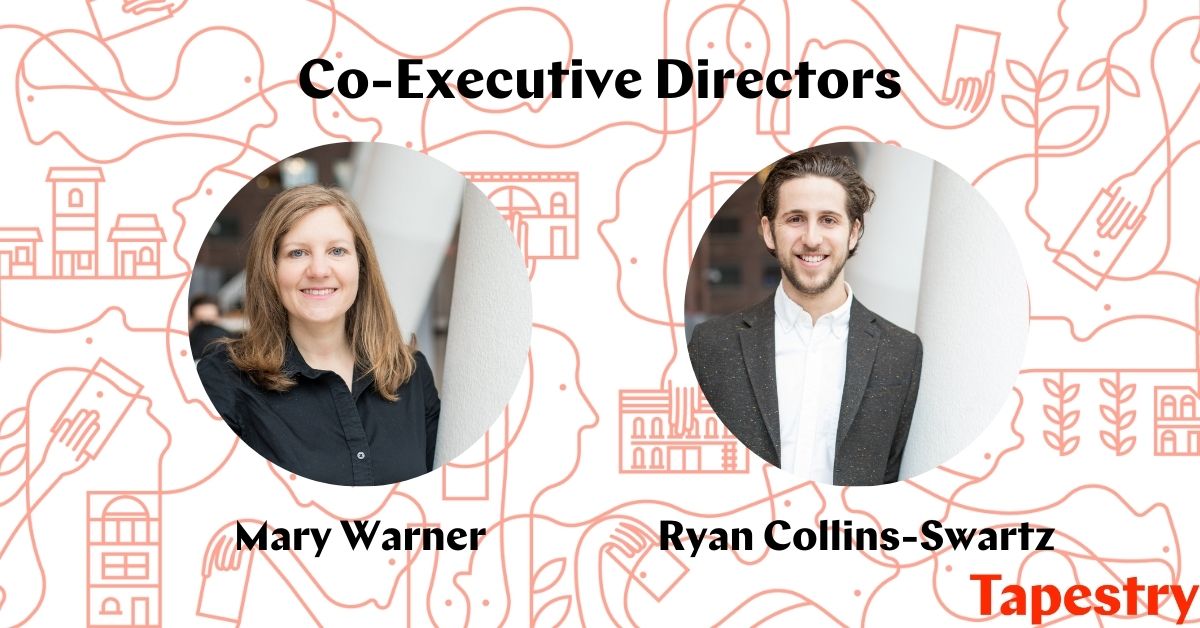At Tapestry, we speak with many not for profit organizations on a weekly basis. Over the last few months, the Investment Readiness Program (IRP) has been a part of that conversation. When we bring up IRP, we tend to get a variety of responses ranging from excitement to confusion. What is the Investment Readiness Program? How can it benefit nonprofit organizations? What does investment readiness even mean?
The idea of private capital being invested in the nonprofit sector is a new sort of conversation in Canada. In past blog posts, we’ve discussed the investment continuum and where community bonds sit in reference to traditional philanthropic tools. IRP is another piece in this financing conversation.
In this blog post, we’ll seek to:
- Provide clarity about the program
- Give some insight into the idea of investment readiness
- Point you in the right direction for learning more about the program
Social Finance Fund
On November 22, 2018, the federal government announced the establishment of a $755 million Social Finance Fund. The Community Foundations of Canada CEO, Andrew Chunilall suggests that the goal of the fund is to “attract increased investment to help vulnerable people and to solve pressing challenges like climate change, housing affordability, technological disruption of jobs, and other national and local priorities.”
Full details about the fund are still forthcoming, however, it is expected that the $755 million will be distributed in the form of a matching investment over the next 10 years, starting in 2021. In other words, like the funds from private investors, the social finance fund be a repayable investment into social purpose organizations.
In recognition of the fact that private investments and social finance are new concepts for many social purpose organizations, there has been $50 million earmarked to help get organizations ready for the planned release of the Social Finance Fund. These funds are being distributed as the Investment Readiness Program.
Investment Readiness Program
The Investment Readiness Program was launched in July 2019. The funds are being distributed in the form of grants through readiness support partners. These partners include:
Starting in 2020, these readiness support partners will put a call out to social purpose organizations (both for profit and not for profit), that are interested in becoming investment ready. In fact, the Canadian Women’s Foundation has already put out its first call out for applicants.
In practice, investment readiness refers an organizations ability to successfully participate in the social finance market. This means generating revenue through a new social enterprise, or scaling existing social enterprise activities. The capital earned through investment will allow organizations to increase their social impact, and being “investment ready” means the organizations will have the capacity to repay that investment.
There are different financial vehicles that allow organizations to accept financing, including community bonds. What is common amongst these social finance vehicles, is the expectation of a financial return in addition to a social return.
How can Nonprofit Organizations benefit from the program?
For not for profit organizations that have only ever relied on grants and fundraising, the Investment Readiness Program presents an amazing opportunity to think differently about financing. In leveraging this opportunity to establish a Social Enterprise, or grow existing revenue generating activities, organizations can both position themselves for social investment, and create long-term sustainability that could come in the form of:
- Investing in social purpose real estate
- Addressing food insecurity and clean energy generation
- Providing equitable jobs and training opportunities

The Argonaut Rowing Club leveraged community bonds to raise $1.2 Million for their club revitalization project.
Organizations that we work with, like the Argonaut Rowing Club (ARC), are a great example of how private capital can enable a greater social impact. By leveraging community bonds, ARC was able to increase their clubs membership capacity, make the club accessible, and make essential improvements to the revenue generating events space. To learn more about how the Argonaut Rowing Club leveraged social finance, click here.
What’s Next?
We will be working with Innoweave to host an Investment Readiness and Ideation session on Thursday, December 18 at 1:30pm. The session will be hosted by Tapestry at the Foundation House (Foundation House Board Room, #300-2 St Clair Ave East, Toronto, ON) and facilitated by Wayne Miranda the Social Finance Investment Readiness Lead.
If you’re interested in participating, signup through the link below:

















 What are the main characteristics of Community Bonds vs. SIBs?
What are the main characteristics of Community Bonds vs. SIBs?

Recent Comments